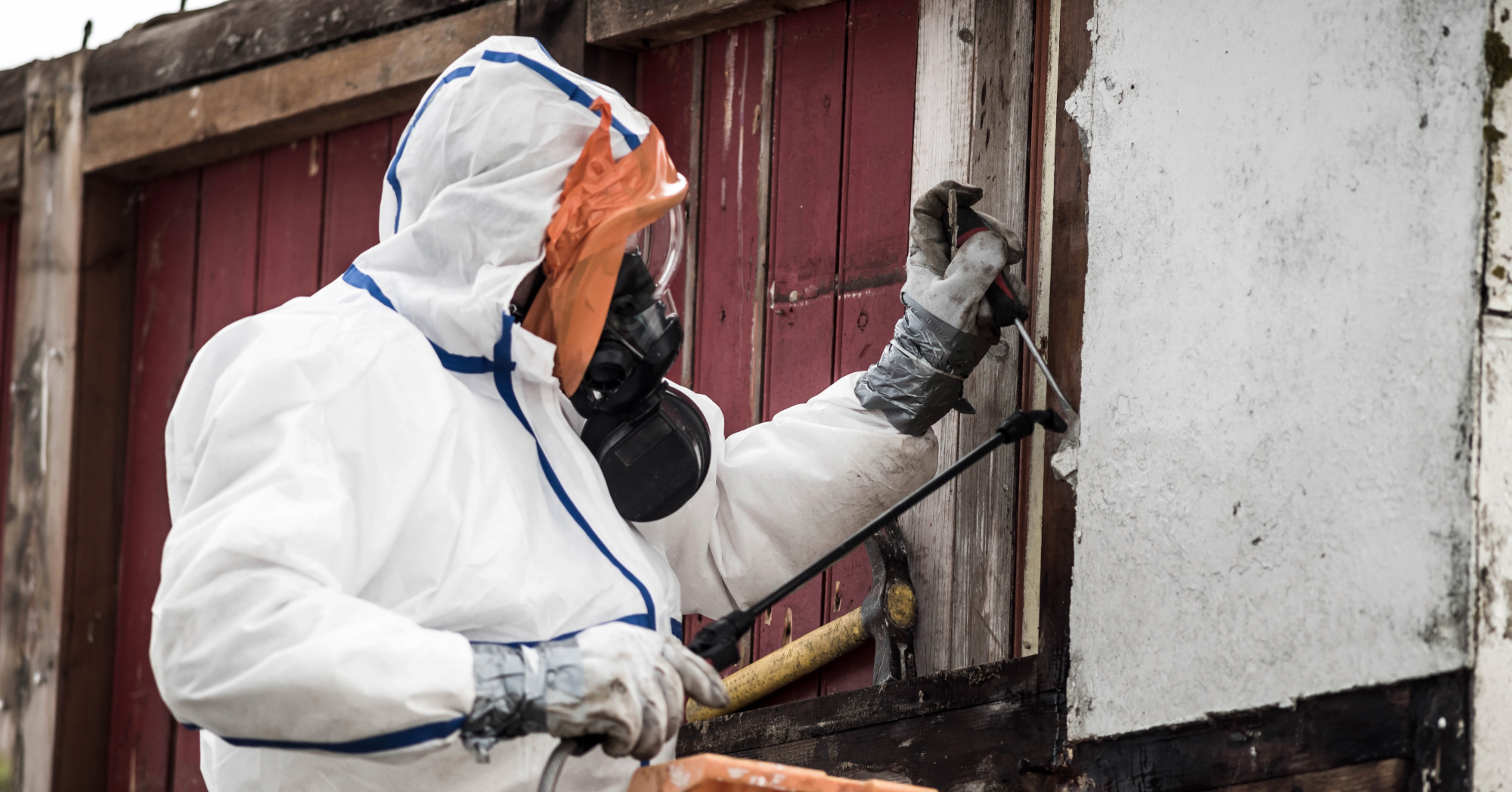Asbestos is one of the most studied and dangerous toxic substances in the world. Hundreds of tons of raw asbestos are imported into the U.S. each year. Most of it is used in the chlor-alkali industry to make chlorine, but asbestos has been found in children’s crayons, talc, automobile brakes, makeup, and other products.
Asbestos is still found in older homes, schools, and other buildings across the country. This leads to significant ongoing exposure and risk to workers and the rest of us. There are tens of thousands of deaths from asbestos-related illnesses in the U.S. each year.
In our campaign to reform the U.S. chemical safety policy called the Toxic Substances Control Act (TSCA), asbestos provided the clearest example of the need for reform. EPA tried to ban it decades ago, but they were stopped by the courts.
But why hasn’t EPA banned asbestos by now?
When TSCA reforms were enacted in 2016, we urged EPA to name asbestos one of the first ten chemicals it would evaluate under the new law. To most people, it was a no-brainer, and we were glad to see EPA do it.
But the Trump EPA showed its cards early on—it planned to disregard some key ways that the public is exposed to asbestos, which would lead to wholly inadequate health protections. So, in 2017, we cried foul in federal court. (Safer Chemicals, et al v. U.S. EPA)
The result? In 2019, the judge agreed with our argument that the law requires EPA to consider all “conditions of use” in its evaluation of a chemical, including manufacture, use, storage, and disposal. But this is not the happy ending this story should have.
Without a strong review of ALL USES of asbestos, public health is still at risk from this deadly substance. What we really need is for EPA to ban all uses.
In spite of the Ninth Circuit Court’s ruling, EPA’s final risk evaluation for asbestos, released on December 30, 2020, did not address numerous aspects of asbestos exposure and risk, including the health impacts of “legacy” asbestos uses and disposal. While the Trump EPA stated its intent to conduct a future “Part 2” evaluation focused on legacy asbestos and other uses, it provided no specifics about how or when it would be conducted and completed.
Last month, we joined our partners at the Asbestos Disease Awareness Organization (ADAO), the American Public Health Association and four other groups in filing another suit to require the EPA to fill in the many gaping holes in its recent evaluation of asbestos. Here’s why:
By ignoring what they called “discontinued”—but still legal—uses of this highly hazardous substance, EPA disregarded asbestos use in insulation, plaster, and floor tiles that can be found in our families’ homes, the schools we send our kids to, and in workplaces across the country. The cost to public health and sound science will be enormous if the deficiencies in the asbestos evaluation aren’t fixed. While we hope that the 117th Congress will enact legislation to ban asbestos, EPA could be working toward completing its risk management plan for several years.
It is essential to get the science on this and future chemicals right so we can effectively protect public health immediately from the toxic threat of asbestos.





